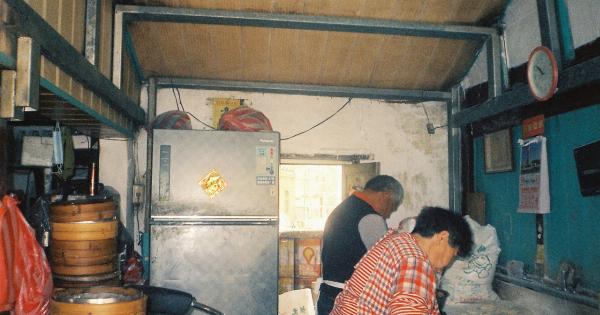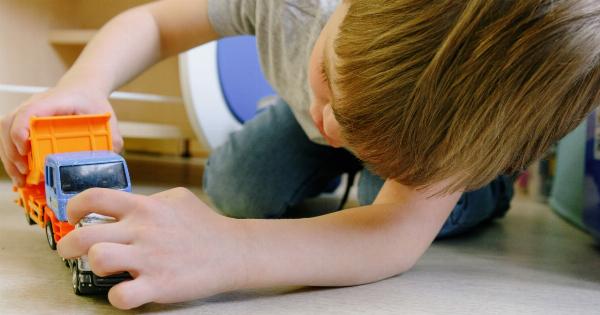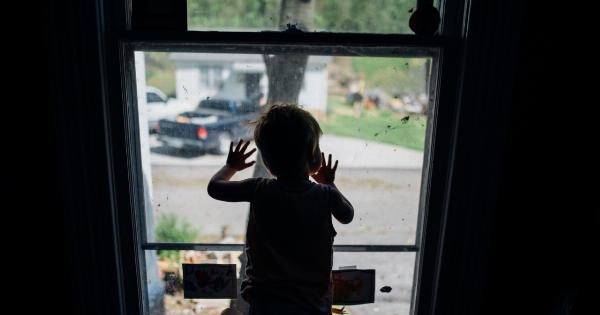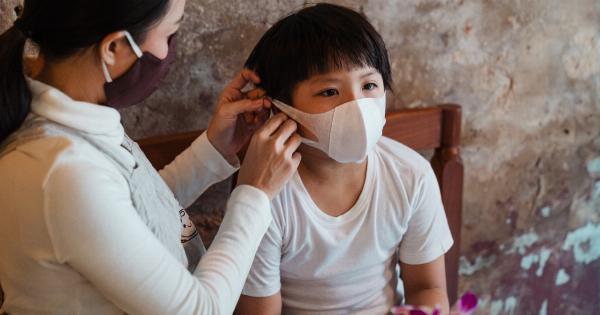Child safety is a topic of utmost importance in today’s world. Parents and guardians constantly worry about the safety and well-being of their children, especially in crowded places or unfamiliar environments.
One question that often arises is at what point is it easier to catch a child? In this article, we will explore various scenarios and factors that can affect the ease of catching a child.
Factors affecting the ease of catching a child
Several factors come into play when assessing the ease of catching a child in different situations. Let’s delve into some of the key factors:.
Age of the child
The age of the child plays a significant role in how easy it is to catch them. Younger children, such as toddlers, are generally easier to catch due to their slower pace and limited ability to understand potential dangers.
However, older children who are more agile and independent can quickly move away, making it more challenging to catch them.
Physical environment
The physical environment also impacts the ease of catching a child. Open spaces such as parks or playgrounds provide fewer obstacles and visual barriers, making it easier to keep an eye on children.
On the other hand, crowded or densely packed areas, such as shopping malls or amusement parks, can increase the difficulty of catching a child due to the abundance of people and potential hiding spots.
Level of familiarity
The level of familiarity with the surroundings can affect how easy it is to catch a child. In familiar environments, children generally have a better sense of direction and are more likely to be caught quickly.
However, in unfamiliar places, they may become disoriented and may not know how to navigate back to a safe location, making the task of catching them more challenging.
Speed and agility
The speed and agility of a child can also impact how easy they are to catch. Some children are naturally faster runners and more agile in their movements, making it more difficult for adults to keep up with them.
Fast and agile children can quickly dart through crowds or narrow spaces, further complicating the task of catching them.
Adult-to-child ratio
The ratio of adults to children is an important factor in child safety. In scenarios where there are more adults present per child, it becomes easier to catch a child as multiple pairs of eyes can be vigilant.
However, if there are fewer adults, it may be challenging to maintain constant supervision over every child, therefore making it harder to catch them if they wander off.
Child’s temperament and behavior
Every child has a unique temperament and behavior, which can influence their likelihood of being caught.
Some children may be more inclined to stay close to their caregivers, while others may be more curious and adventurous, constantly exploring their surroundings. Children with a tendency to wander or become easily distracted might be more challenging to catch.
Level of supervision
The level of supervision provided by adults or guardians is crucial. Close and attentive supervision significantly reduces the chances of a child slipping away unnoticed.
When adults are actively engaged and keeping a watchful eye on children, it becomes easier to catch them in case they start wandering off.
Alertness and response time
Adults’ alertness and response time play a vital role in catching a child. Quick reactions to any signs of a child moving away can increase the likelihood of a successful catch.
It is important to be observant and react promptly, as even a few seconds can make a significant difference when it comes to capturing a child.
Communication and coordination
Efficient communication and coordination between adults are key factors in successfully catching a child.
In crowded places or large gatherings, it is essential to establish clear lines of communication and a coordinated plan of action in case a child goes astray. By working together as a team, adults can increase the chances of safely apprehending a child.
Preventive measures
While catching a child is the last line of defense, preventive measures can significantly reduce the chances of a child wandering off or getting lost in the first place. Some effective preventive measures include:.
1. Child identification
Having identification on the child, such as an ID bracelet with their name and contact information, greatly facilitates reuniting a lost child with their caregiver.
2. Teaching safety rules
Teaching children basic safety rules, such as staying close to an adult, not talking to strangers, and being aware of their surroundings, can help them avoid potentially dangerous situations.
3. Establishing designated meeting points
Creating designated meeting points in public areas can serve as a rendezvous if children and caregivers become separated. This way, children know precisely where to go to be reunited with their adult.
4. Using child harnesses or safety leashes
Child harnesses or safety leashes can provide an added layer of security, especially in crowded or high-risk areas. These tools allow adults to have physical control over the child without restricting their movements entirely.
Conclusion
When it comes to catching a child, several factors come into play.
The age of the child, physical environment, level of familiarity, speed and agility, adult-to-child ratio, child’s temperament, level of supervision, alertness and response time, and communication and coordination among adults all affect the ease of catching a child. By implementing preventive measures and maintaining a watchful eye, adults can minimize the risks associated with a child wandering off and ensure their safety.





























